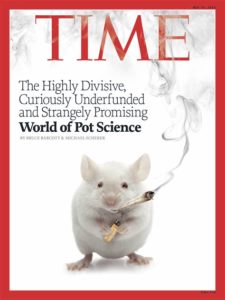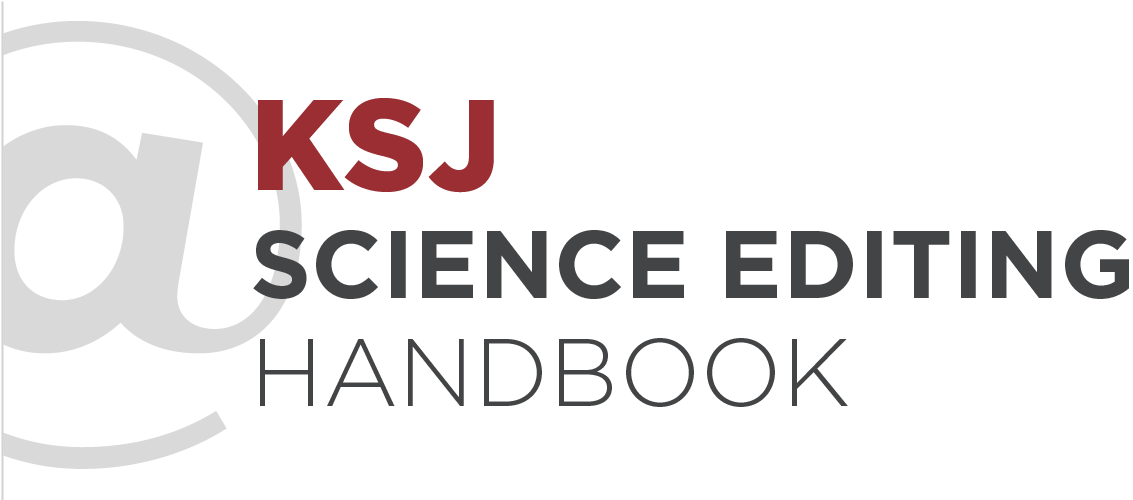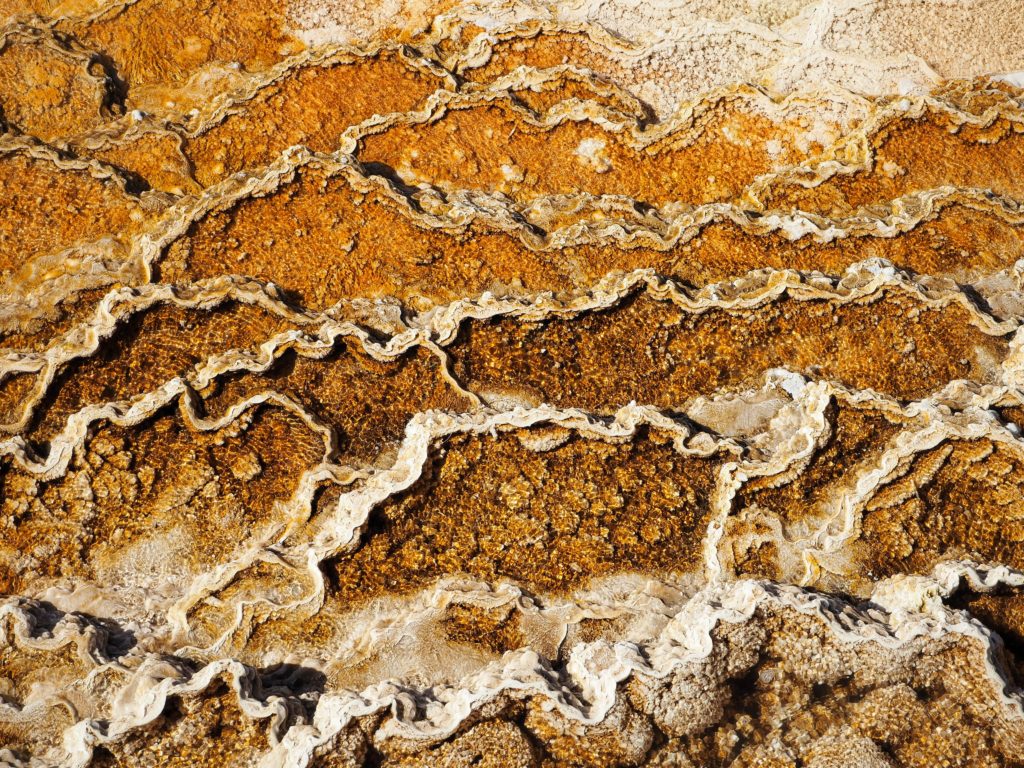- Introduction
- How Science Works
- Sources and Experts: Where to Find Them and How to Vet Them
- Making Sense of Science Stats
- Editing for Story
- Editing Controversial Science
- Holding Science to Account
- Covering Health Care
- Climate and the Environment
- Fact-Checking Science Journalism: How to Make Sure Your Stories Are True
-
Illustrating Complex Science Stories
- Introduction
- The Role of Visuals in Science Journalism
- The Process of Building Science-Centric Graphics
- Strategies for Using Visuals to Put Breaking Science in Context
- Special Considerations for Data Visualization
- Uncertainty and Misinformation
- Editorial Illustration, Photography, and Moving Images
- Additional Reading and Resources
- About the Author
- Social Media and Reader Engagement
- Popular Science
- Misinformation
- Op-Eds and Essays
- About This Handbook
Introduction
By Apoorva Mandavilli / 2 minute read
Science moves slowly — and good science even more so. If there is one overarching message in this chapter, it’s that the best scientists are careful and methodical, moving from hypothesis to confirmation step by deliberate step. Journalism, especially daily journalism, tends to operate with a different metabolism, emphasizing significant advances that meet a subjective “newsworthiness” threshold.
That can make reporting on science challenging — first to discern where in the research process a particular study falls and then to engage audiences and clearly explain why that single step matters.
When reporters and editors don’t fully appreciate this deliberate and incremental nature of science, it can result in overhyped headlines, reports of “cures” or “breakthroughs” based on studies involving just a few people, mice, or even cells, or in stories that seem to contradict one another, as is often the case with diet and nutritional studies.

“I think science journalism is and should be moving away from covering medical research when it is at the mouse-model stage,” says Laura Helmuth, editor in chief of Scientific American. “There have been too many cures for cancer, Alzheimer’s, genetic disorders, and other problems that look miraculous in mouse studies and fail completely in humans. It’s cruel and misleading to raise people’s hopes during this stage of research.”
Scientific results reported without context can also erode readers’ trust in both science and journalism.
In this chapter, we’ll talk about the context in which science happens — how science is funded; how it is conducted in academia versus in companies; what standards results have to meet before they can and should be publicized; and how they are communicated to the public.
We’ll also delve into the publication process which, especially for biology and medicine, can be a bewildering morass of preprints, embargoes, niche journals, corrections, and retractions.


